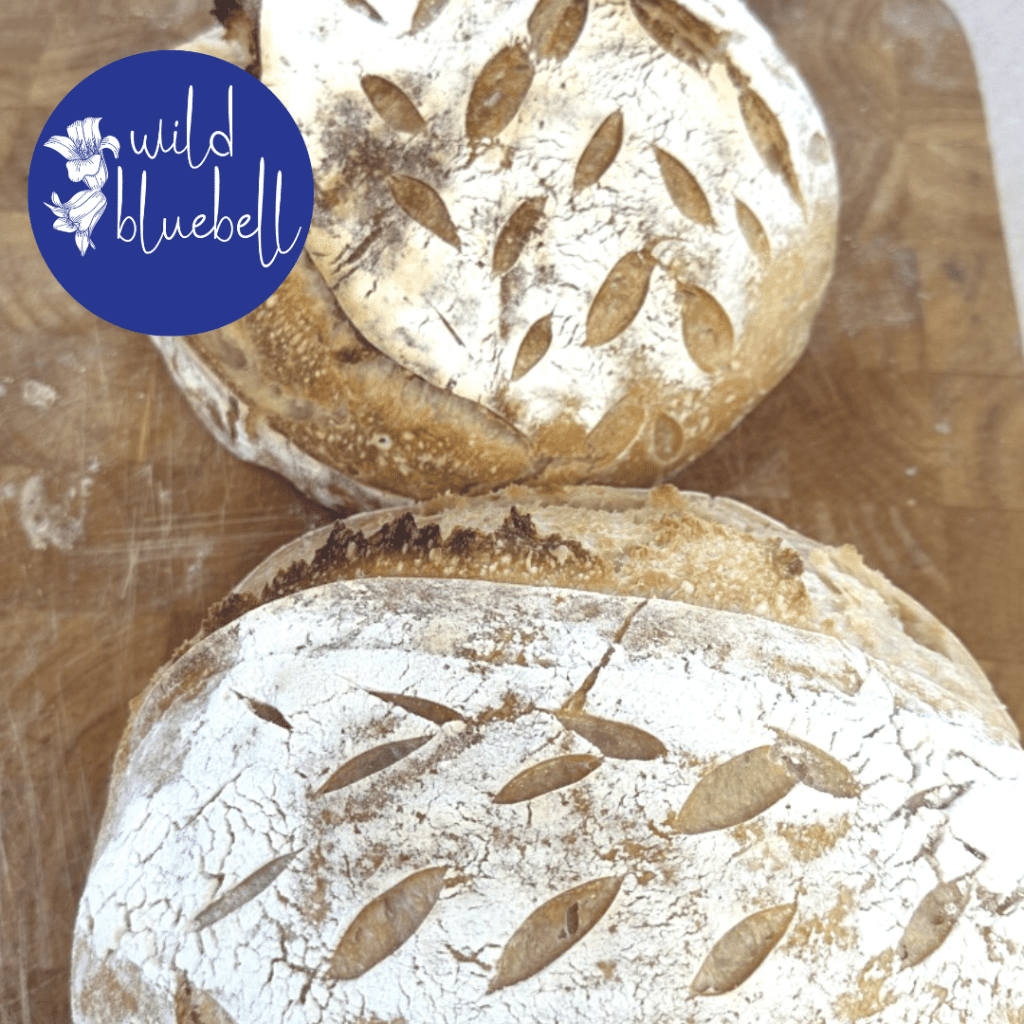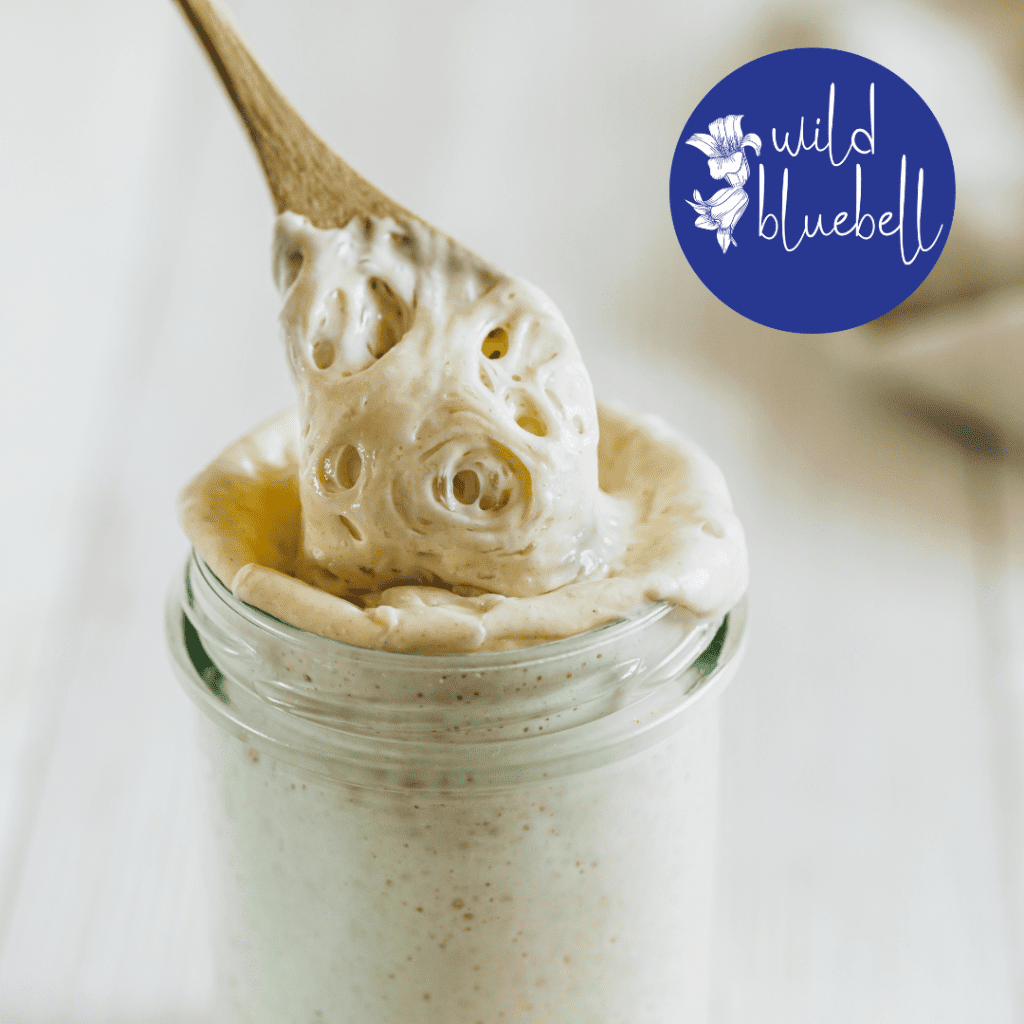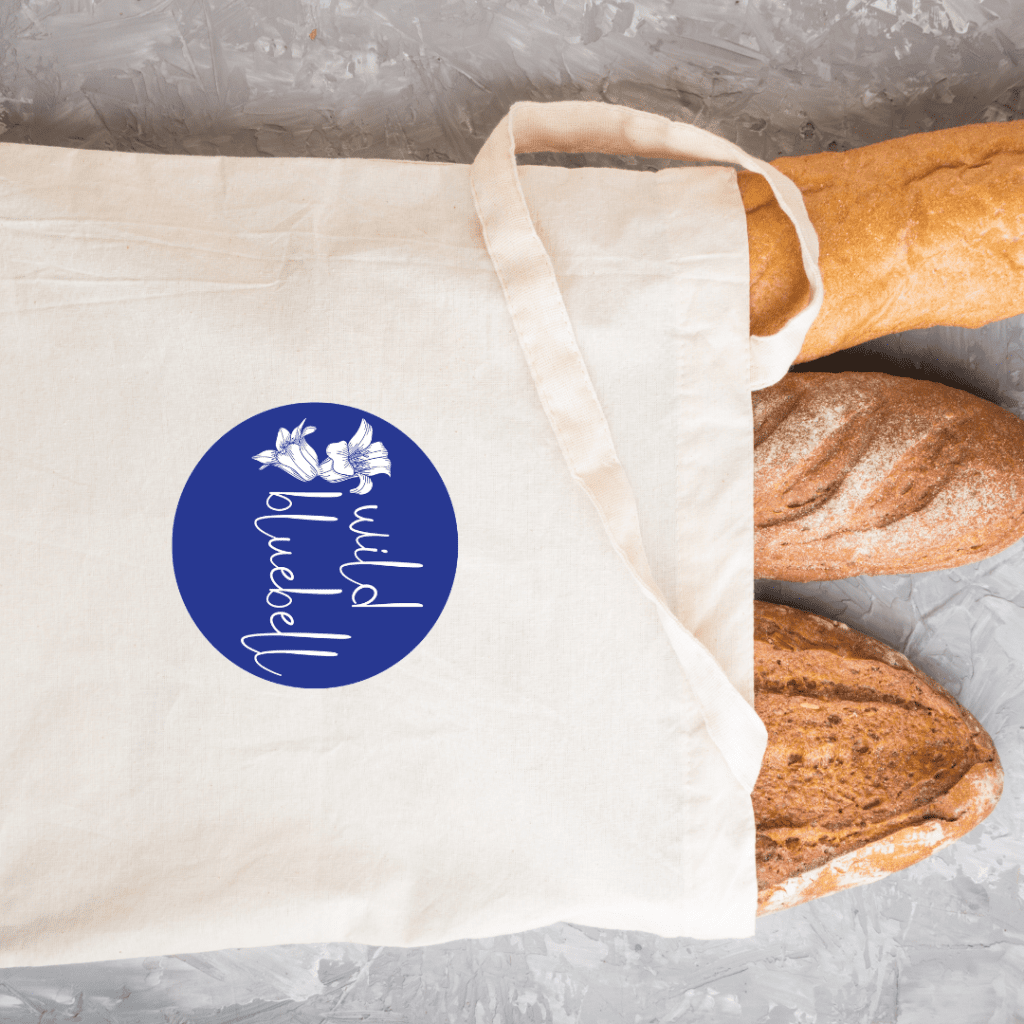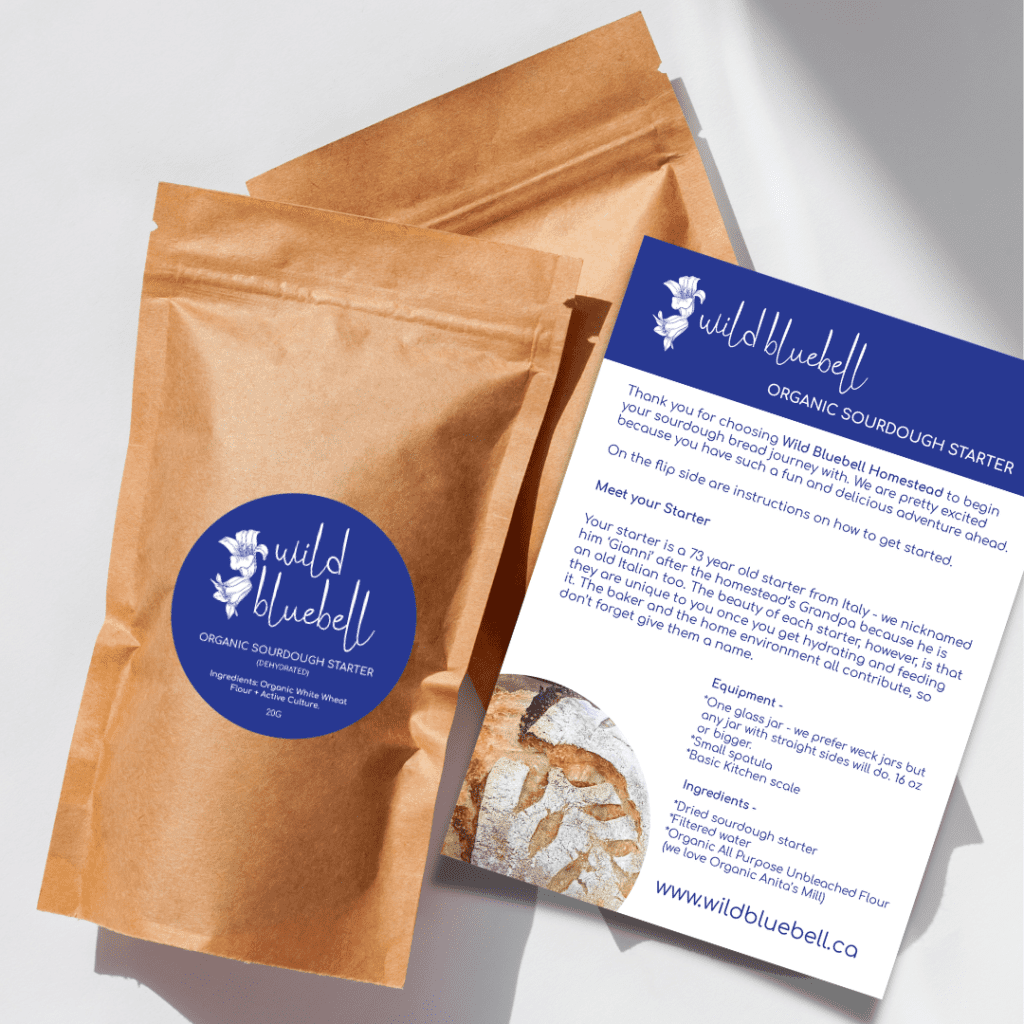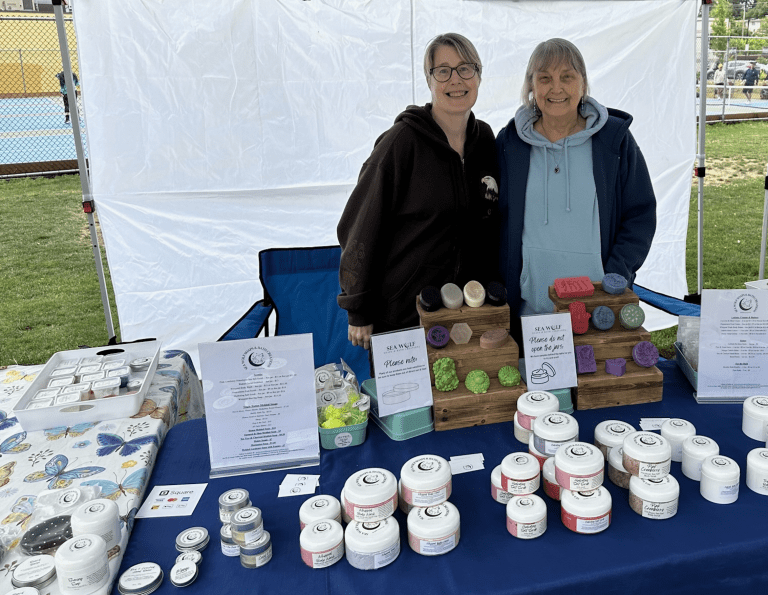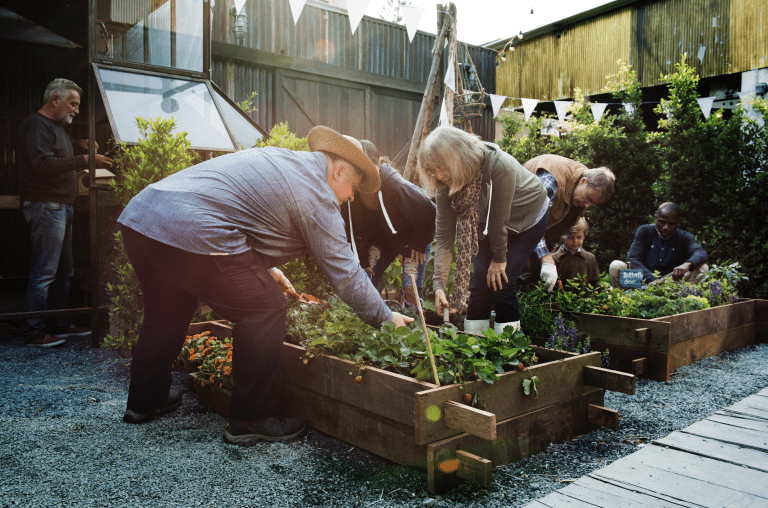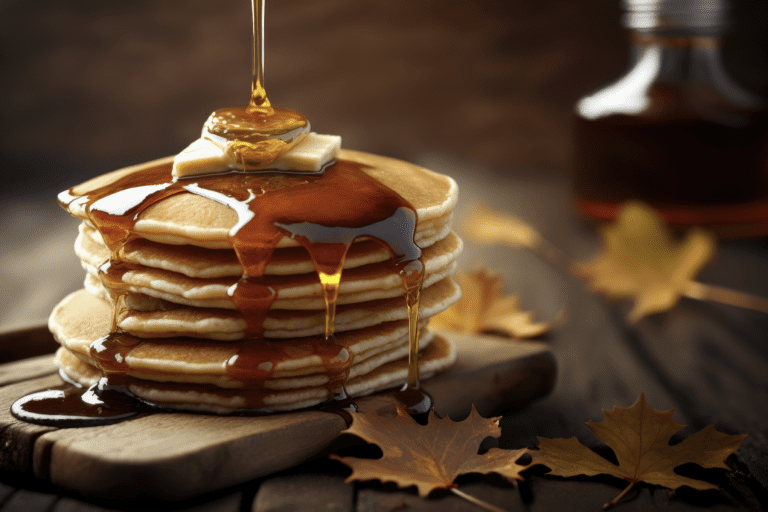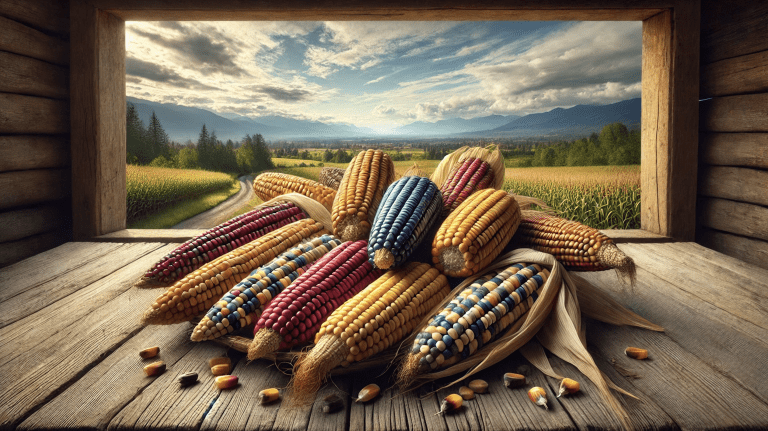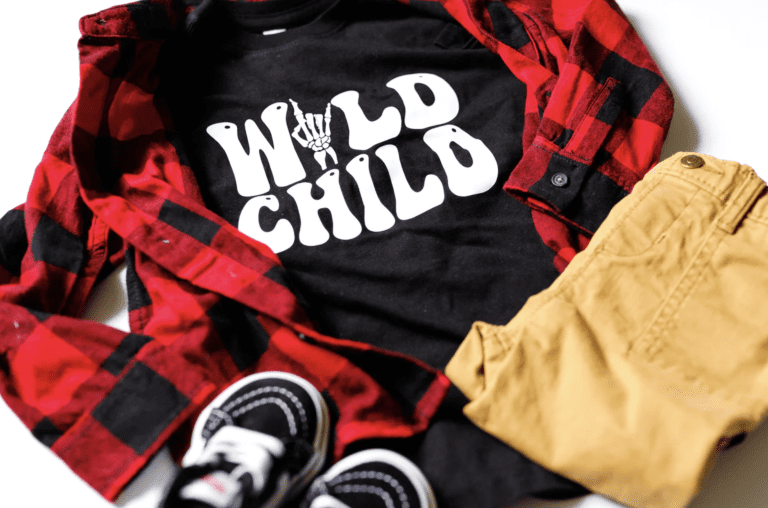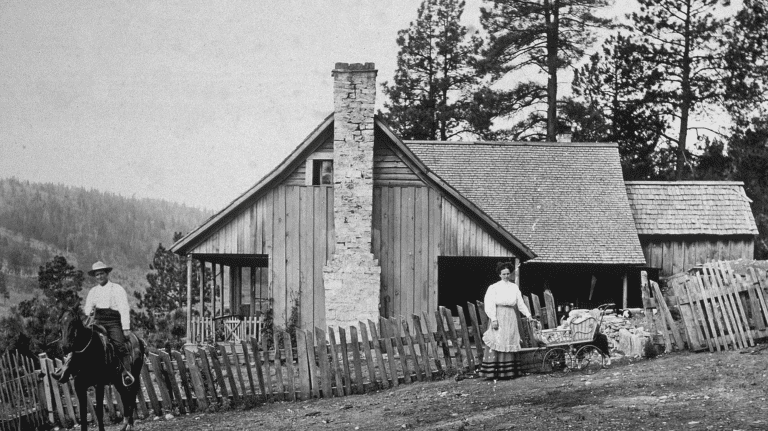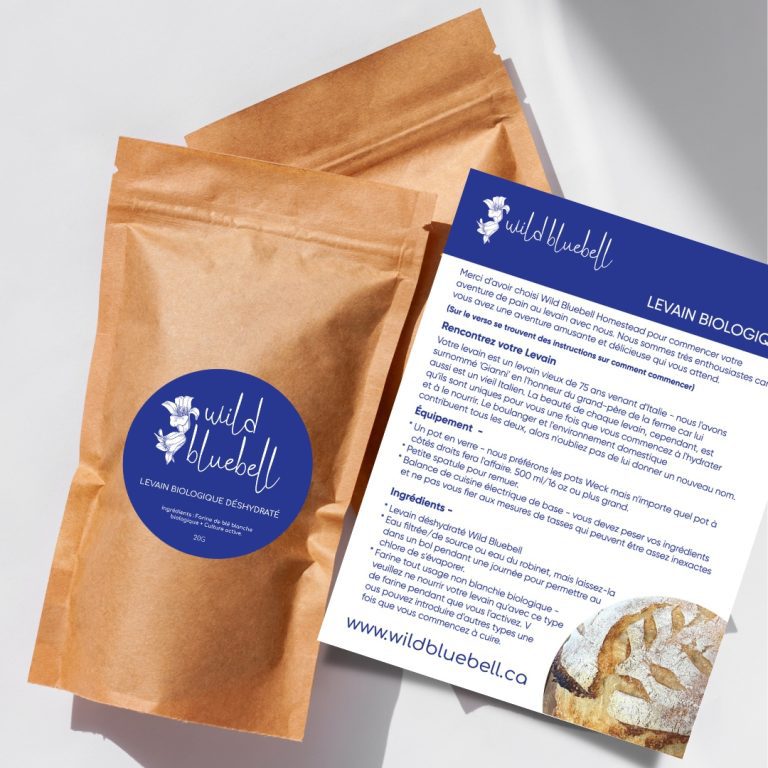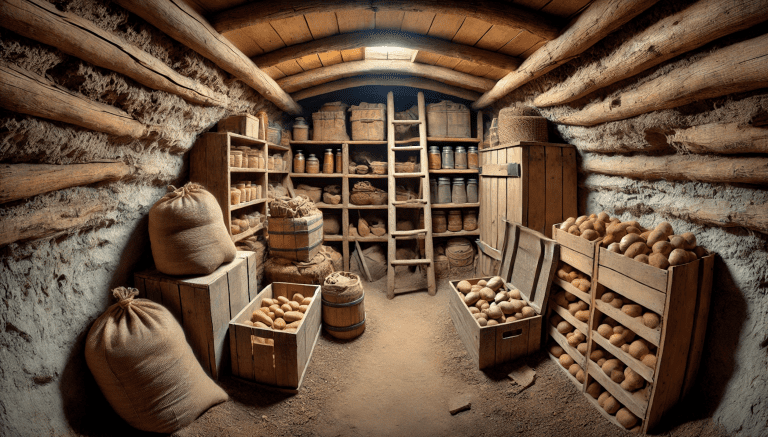Wild Bluebell Sourdough Starter stands at the forefront of a baking revolution, introducing home bakers and culinary enthusiasts to the intricate world of organic, dehydrated/dried, and active sourdough starters. This exceptional starter, known for its robust flavor and vigorous fermentation, is a testament to the art of traditional bread making, yet it also opens the door to a broader understanding of various sourdough cultures. As we delve into the nuances of these starters, we uncover the benefits and uniqueness of Wild Bluebell Sourdough Starters, from their organic origins to their convenience and vitality in bread making, providing invaluable insights for both novice and experienced bakers alike. Baking sourdough bread at home is not as hard as you may think!
What is Sourdough Bread?
Sourdough bread is a type of bread that is made using a natural leavening process. Instead of using commercial yeast, which is commonly used in most bread recipes, sourdough bread is made using a sourdough starter, which is a mixture of flour and water that has been fermented with natural yeast and bacteria.
The natural yeast and bacteria present in the starter give sourdough bread its distinct sour flavor and also contribute to its unique texture and nutritional benefits. Sourdough bread is also known for its longer shelf life and ability to stay fresh for several days without preservatives.
To make sourdough bread, the starter is combined with flour, water, and salt, and then allowed to ferment for several hours or overnight. The dough is then shaped and baked, resulting in a delicious and nutritious loaf of bread.
How to Make Sourdough Bread?
Making sourdough bread requires a bit of patience and practice, but it’s a rewarding process that results in a delicious and nutritious loaf of bread. Here are the basic steps to make sourdough bread:
Ingredients:
- 1 cup of active sourdough starter
- 3 cups of bread flour
- 1 1/4 cups of water
- 2 teaspoons of salt
Instructions:
- In a large mixing bowl, combine the active sourdough starter, bread flour, and water. Mix well until a shaggy dough forms.
- Add the salt to the dough and mix well. Knead the dough for 10-15 minutes until it becomes smooth and elastic. You can use a stand mixer or knead by hand.
- Transfer the dough to a clean, lightly floured surface and shape it into a round ball. Place the dough in a large, lightly oiled bowl and cover it with a clean kitchen towel or plastic wrap.
- Allow the dough to rise at room temperature for 6-8 hours or until it has doubled in size. Alternatively, you can let it rise in the refrigerator overnight for a slow, cold fermentation.
- Preheat the oven to 450°F (230°C). If you have a baking stone or cast iron Dutch oven, place it in the oven to heat up.
- Gently transfer the risen dough to a floured baking sheet or a piece of parchment paper. Score the top of the dough with a sharp knife or razor blade to create steam vents.
- If using a baking stone, slide the dough onto the stone using a peel or a flat, sturdy baking sheet. If using a Dutch oven, carefully place the dough in the preheated pot and cover it with the lid.
- Bake the sourdough bread for 30-35 minutes, or until the crust is golden brown and the internal temperature of the bread reaches 200°F (93°C).
- Remove the bread from the oven and allow it to cool on a wire rack for at least 30 minutes before slicing and serving.
That’s it! Making sourdough bread takes some time and effort, but the end result is a delicious, homemade loaf that’s well worth the wait.
What Are Sourdough Bread Starters?
A sourdough bread starter is a mixture of flour and water that has been fermented with naturally occurring yeast and bacteria. It is used as the leavening agent in sourdough bread recipes, and gives the bread its characteristic sour flavor and texture.
A sourdough starter is created by mixing equal parts of flour and water and allowing the mixture to ferment for several days. During the fermentation process, wild yeast and bacteria present in the flour and in the air begin to colonize the mixture, creating a living culture.
To maintain the starter, it is typically fed with additional flour and water on a regular basis, which replenishes the yeast and bacteria and keeps the culture active and healthy. The feeding process also creates the carbon dioxide and lactic acid that contribute to the rise and flavor of sourdough bread.
There are many different methods for creating and maintaining a sourdough starter, and bakers often have their own unique variations and techniques. Sourdough starters can also be purchased commercially or passed down from other bakers, and many bakers take pride in the age and history of their starters.
How to Use Dehydrated Sourdough Starters?
Using a dehydrated organic sourdough starter is similar to using a fresh starter, but it requires a few extra steps to rehydrate and activate the dried culture. Here’s how to use a dehydrated organic sourdough starter:
- Rehydrate the starter: Start by mixing the entire contents of the dehydrated starter packet with 1/4 cup of lukewarm water and 1/4 cup of flour in a clean jar or container. Mix well until no lumps remain, cover with a cloth or lid and let it sit at room temperature for 12-24 hours or until it becomes bubbly and active.
- Feed the starter: Once the starter is active, discard half of the mixture and add 1/4 cup of flour and 1/4 cup of water to the remaining mixture. Mix well, cover again and let it sit at room temperature for 12-24 hours, or until it becomes bubbly and active again. This feeding process can be repeated daily until the starter is fully revived and ready to use.
- Test the starter: To test if the starter is fully revived, drop a spoonful of the mixture into a bowl of water. If it floats, it is ready to use. If it sinks, it needs more time to become fully active.
- Use the starter: Once the starter is fully active, you can use it to make sourdough bread or other baked goods. Simply mix the starter with flour, water, and salt, knead the dough, let it rise, and bake as usual. Remember to save a small amount of the starter after each use to feed and maintain the culture for future use.
It’s important to note that dehydrated sourdough starters may take longer to revive and become active compared to a fresh starter, so be patient and persistent with the feeding process until the starter is fully revived and ready to use.
Benefits of Using an Organic Sourdough Starter?
There are several benefits to using an organic sourdough starter:
- Natural fermentation: Organic sourdough starters are made with natural ingredients and rely on wild yeast and bacteria present in the flour and air to ferment the dough. This natural fermentation process gives sourdough bread its distinctive flavor, aroma, and texture.
- Nutritional benefits: Sourdough bread made with an organic sourdough starter may have more nutritional benefits than bread made with commercial yeast. The natural fermentation process breaks down the gluten and phytic acid in the dough, making it easier to digest and increasing the availability of nutrients such as iron, zinc, and magnesium.
- Preservative-free: Commercial bread often contains preservatives and additives to prolong shelf life, but sourdough bread made with an organic starter does not require these additives. This can make it a healthier and more natural option for those who are sensitive to preservatives or additives.
- Unique flavors: Each organic sourdough starter has its own unique combination of wild yeast and bacteria, which can result in different flavors and textures in the bread. This allows bakers to experiment and create their own unique sourdough breads.
- Sustainable option: Making sourdough bread with an organic starter can be a more sustainable option compared to commercial bread production. It can be made with locally sourced flour and uses natural fermentation, which produces less waste and requires less energy compared to commercial bread production.
Overall, using an organic sourdough starter can result in a delicious, healthy, and sustainable bread option that has unique flavors and nutritional benefits.
Why is Sourdough Bread Healthier Than Regular Bread?
Sourdough bread is often considered healthier than regular bread for several reasons:
- Easier digestion: The natural fermentation process of sourdough bread breaks down complex carbohydrates, making it easier to digest than bread made with commercial yeast. The fermentation process also produces lactic acid, which helps to lower the bread’s glycemic index, making it a better option for people with blood sugar control issues.
- Nutritional benefits: Sourdough bread is often made with whole-grain flour, which is rich in nutrients like fiber, vitamins, and minerals. The natural fermentation process also increases the availability of certain nutrients, making them easier for the body to absorb.
- Lower gluten content: The long fermentation process of sourdough bread reduces the gluten content of the bread, making it a better option for people with gluten sensitivities or celiac disease.
- No preservatives: Sourdough bread is often made with just a few simple ingredients, like flour, water, salt, and a sourdough starter. It doesn’t require any preservatives or additives, making it a healthier and more natural option.
- Unique flavors: The fermentation process of sourdough bread produces a distinctive tangy flavor that is often preferred over the bland taste of commercial bread.
Overall, sourdough bread is a healthier option compared to regular bread because of its easier digestion, higher nutritional content, lower gluten content, absence of preservatives, and unique flavors.
Kitchen Equipment, Tools, and Ingredients Needed to Prepare, Make, and Bake Sourdough?
To prepare, make, and bake sourdough bread, you will need several pieces of kitchen equipment and items:
- Kitchen Scale: For accurately measuring ingredients by weight.
- Mixing Bowl: A large bowl for combining the ingredients.
- Measuring Cups and Spoons: For precise measurements of smaller ingredients.
- Sourdough Starter: The essential ingredient for sourdough bread.
- Flour: The base ingredient for the dough.
- Water: To hydrate the flour and activate the starter.
- Salt: To enhance flavor, control fermentation, and strengthen the dough.
- Thermometer for Water: To ensure the water is at the optimal temperature for activating the yeast.
- Dough Scraper: For scraping and handling the dough in the bowl.
- Bench Scraper: Useful for dividing and shaping the dough on a flat surface.
- Proofing Basket (Banneton): For shaping the dough during its final rise.
- Towels: To cover the dough during fermentation and proofing stages.
- Oven Mitts or Gloves: For safety when handling hot equipment.
- Oven Thermometer: To check the actual temperature inside the oven.
- Dutch Oven or Baking Stone: For baking the bread and achieving a crispy crust.
- Parchment Paper: To line the Dutch oven or baking stone, preventing sticking.
- Bread Lame: For scoring the dough before baking.
- Cooling Rack: To cool the bread post-baking, allowing air circulation.
Overall, the equipment and items needed for making sourdough bread are fairly simple and can be found in most kitchens. It’s important to have high-quality ingredients and tools to ensure that you get the best results possible.
Where to Buy Dehydrated Organic Sourdough Bread Starters Online?
Sourdough bread is a delicious and nutritious alternative to commercial bread, but many people are intimidated by the process of making their own sourdough starter. That’s where Wild Bluebell Homestead comes in – this Canadian-based company offers dehydrated organic sourdough bread starters that make it easy for anyone to bake their own sourdough bread at home.
When you buy a dehydrated sourdough starter from Wild Bluebell Homestead, you’ll receive 20 grams of organic sourdough starter that can be activated with water and flour. The starter is made from organic flour and filtered water, and it’s carefully dehydrated to preserve the live yeast and bacteria that are essential for sourdough bread.
But that’s not all – when you purchase a sourdough starter from Wild Bluebell Homestead, you’ll also receive access to three video guides that explain the entire sourdough bread-making process in detail. These guides cover everything from activating the starter to shaping and baking the bread, so even if you’re a complete beginner, you’ll have all the information you need to get started.
One of the benefits of using an organic sourdough starter is that it’s healthier and more natural than commercial bread. The fermentation process used to make sourdough bread breaks down complex carbohydrates and makes the bread easier to digest. This can lead to better gut health and reduce digestive issues. Sourdough bread made with whole-grain flour also contains more nutrients than commercial bread made with refined flour.
Buying a dehydrated sourdough starter from Wild Bluebell Homestead is also a great way to save money on bread. Once you activate your starter, you can maintain it with regular feedings and use it to bake bread whenever you want. This eliminates the need to buy yeast or pre-made starters, and it can be more cost-effective than buying bread from a bakery or grocery store.
